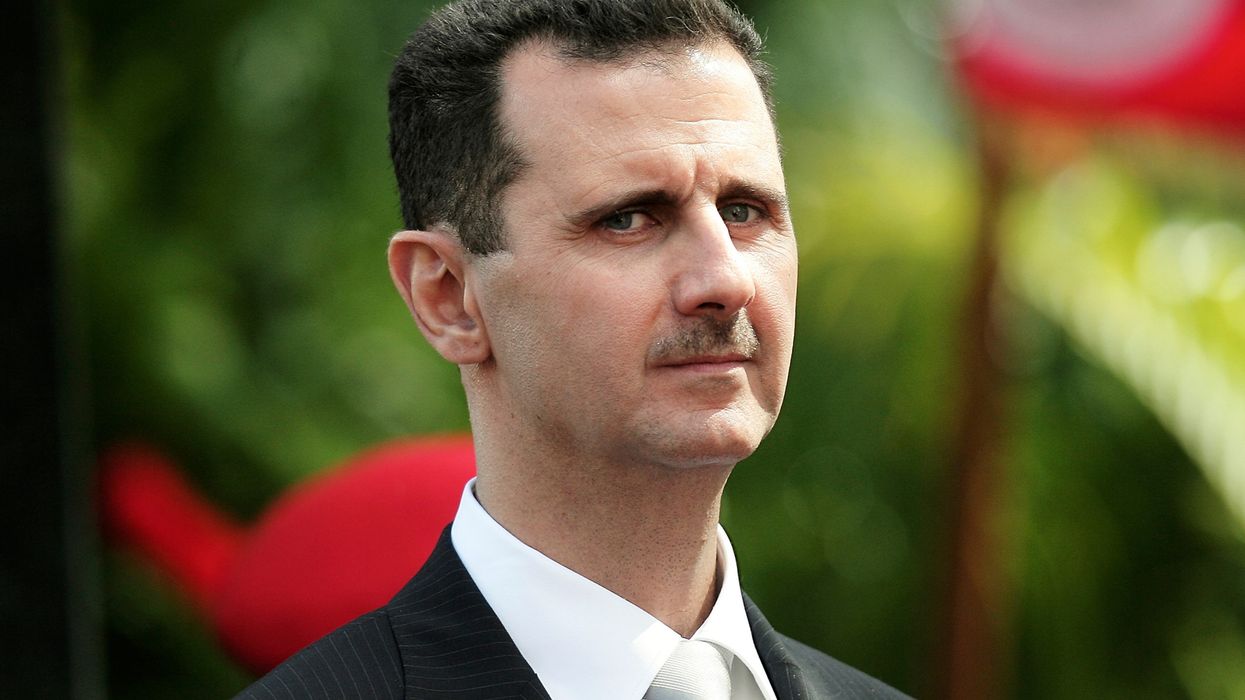Immediately after the United States and Germany announced that they are sending main battle tanks to Ukraine — immediately, without any pretense of a decent interval — the Ukrainian government, backed by some East European members of NATO, has raised a demand for the latest U.S. fighter jets; and discussions of this within NATO are reportedly already under way.
So far, the Biden administration has described this as a “red line,” and West European diplomats have expressed private “concern.” But given that one NATO weapon after another that was previously seen as absolutely tabooed has been supplied since the Russian invasion began, Ukrainian officials have good reason for expressing confidence that the Biden administration and NATO will sooner or later agree to this.
If it is correct that several recent Russian missile strikes against Ukrainian infrastructure have been launched from long-range Tupolev bombers flying over Russian territory, then if the Ukrainian armed forces receive fighters capable of shooting them down, there is little reason to think they will not do so. They would indeed be perfectly within their rights. Whether it carries an acceptable level of risk, however, is another matter.
There are a couple of curious features about this progressive escalation of Western military aid to Ukraine; ironic in one case, extremely dangerous in the other. The first is that when Russia invaded almost a year ago, and most NATO military analysts predicted a sweeping Russian victory, there was no official talk of heavy weapons for Ukraine — and indeed, the Ukrainian forces stopped and turned back the Russian advance with a combination of their own courage and grit with light Western infantry weapons: Javelin anti-tank missiles and Stinger anti-aircraft missiles.
The further the Russians have been pushed back, and the more deeply they have become bogged down in the east and south, the more Western weapons supplies have grown — in the name of defending Ukraine and preventing any future Russian threat to NATO. A more cynical view would be that when Russia really did seem threatening, the West was too scared to risk war with Russia by sending such weapons; and that the escalation has grown not with the Russian threat, but precisely with growing Russian weakness, a belief that Russia can be not only halted but crushingly defeated, and a growing confidence that Russian talk of red lines and escalation are empty bluff.
This is the second irony, and it is a potentially catastrophic one. By repeatedly escalating their own weapons supplies in order to defeat Russia’s conventional forces, while suggesting that Russian threats of escalating in turn by unconventional means are empty, the West is openly challenging Russia to make good on its threats.
This does not mean that the Kremlin would suddenly resort to nuclear weapons. If it did,God forbid, this would come only after several radical turns in the cycle of escalation. Other Russian responses are however not only possible but becoming increasingly likely: for example, attacks on U.S. satellites whose intelligence has done so much to help the Ukrainian armed forces; or on Western communications infrastructure; or on NATO embassies in Kyiv.
The advantage of such a strategy from Moscow’s point of view would be that it would not be a direct attack on NATO territory, and so would not automatically trigger a NATO military response. It would nonetheless bring NATO and Russia much closer to the direct conflict that President Biden has always said that he is determined to avoid.
Top Russian officials and commentators have said recently that Russia is now in effect at war not with Ukraine but with NATO; and a great many ordinary Russians appear to believe this — not surprisingly, since German Foreign Minister Annalena Baerbock has just said the same. Leading commentators (including at the U.S. Helsinki Commission) and East European governments, have declared openly that complete Russian defeat in Ukraine should be sought in order to bring down the Putin regime. Some have called for this in turn to lead to the “decolonization” of Russia, code for the break-up of the Russian Federation and the destruction of the Russian state.
Given that these advocates of Western assistance for complete Russian defeat also portray Putin as a dictator determined to maintain his own hold on power irrespective of the costs to Russia and the world; and portray Russian nationalism as intrinsically and irredeemably tied to imperialism and military aggression, it is very hard to see why they also believe that faced with the threat of complete defeat, the Russian government would not in fact escalate by some form of attack on NATO.
Setting aside for a moment the undoubted illegality, immorality, and brutality of the Russian invasion, and analyzing on the basis of reality and reciprocity, a simple thought exercise is in order: Supposing the United States were fighting a war close to its own borders, with stakes that many members of the U.S. government and political elites believed - right or wrong - were existential for America’s survival as a great power or even as a united country; and supposing a hostile great power were massively and increasingly arming America’s enemy, leading to the deaths of tens of thousands of American troops and the risk of complete defeat. Would Washington refrain permanently from some form of harsh retaliation? Perhaps it would — but I really would not like to bet on it, least of all if the stakes risked being raised and raised until in the end human civilization itself were on the table.
















